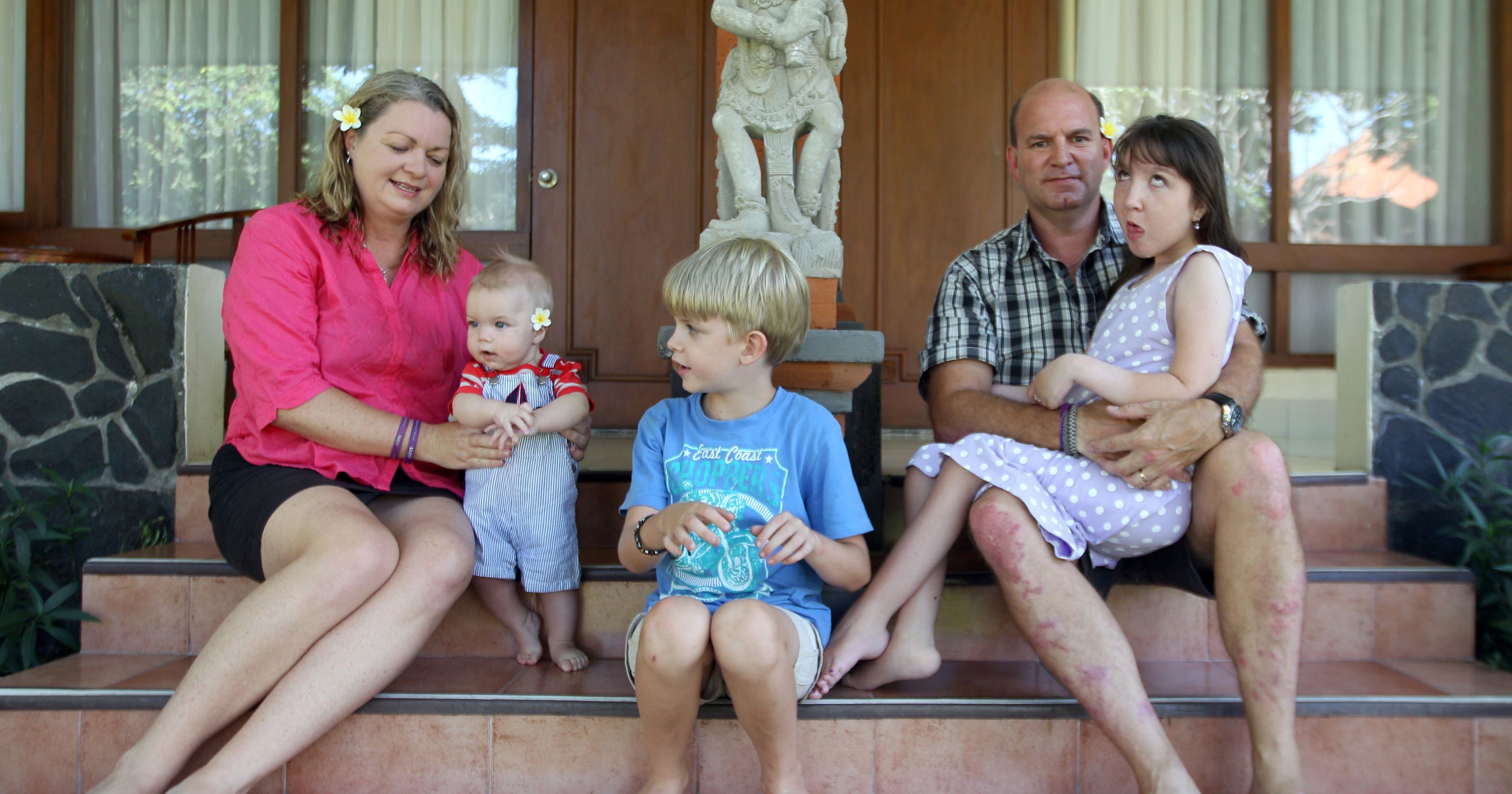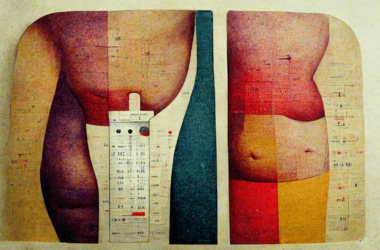A recent article published in the New York Times discussed a boy named Ricky, who had been diagnosed with cerebral palsy and static encephalopathy. His permanent brain damage meant he was unable to walk and had very limited eyesight. Ricky is now nine years old, but his body is the size of a four-year-old’s; his parents opted to stop his growth with a treatment known as ‘growth attenuation therapy’ in order to make his illness more manageable. While not illegal, the therapy floats in a grey area of medical and bioethical discourse, and its nature eerily echoes historical therapies now deemed entirely unethical.
Growth attenuation therapy involves the administration of estrogen to close the epiphyseal plates of bones, leading to a halt in their growth. The therapy grew in popularity in the 1940s and 1950s, when girls and young women would receive it to stop their growth before becoming ‘too tall.’ As height became more desirable to many women in the following decades, the popularity of the treatment waned.
Today, growth attenuation therapy is administered to children with profound physical and cognitive disabilities that become more difficult for parents to deal with as the children grow. The therapy is meant to increase the ability of parents to care for a disabled child who is believed to hold no chance of living an otherwise normal life. Some bioethicists argue that it is a sufficiently safe therapy allowing improved quality of life for disabled children and their families. By halting disabled childrens’ growth, parents are said to be better able to manage their physical size and provide better care for their child, and therefore some ethicists strongly advocate for the therapy.
Halting the growth of a child unable to volunteer for the therapy is highly criticized by disability rights groups, who argue that the therapy violates a person’s civil rights. The treatment in girls is also slightly more complex than in boys, because growth attenuation of females involves treating the child with a hysterectomy—removing a woman’s uterus—to prevent menstruation. This would mean the child would never be able to reproduce. In the case of many suffering from strong disabilities, this might not greatly affect the course of their lives, but the therapy still draws the attention of feminist groups arguing that involuntary hysterectomy cannot be ethically justified.
On a historical level, the therapy eerily resembles the mid-20th century popularity of the lobotomy to improve the manageability of psychiatric patients. According to Professor Jack Pressman of University of California, San Francisco, the procedure included severing the tissues connecting the prefrontal cortex and the rest of the brain, making “society’s troublesome individuals more complacent and compliant.” The lobotomy was performed to shape members of society whose minds did not conform to social standards, and make psychiatric caregivers’ jobs easier. The procedure later died in popularity as prescription of the synthetic tranquilizer took over the medical marketplace, providing a reversible and less drastic way to improve patient compliance.
While the lobotomy holds more devious connotations than growth attenuation therapy, both procedures act as involuntary and irreversible medical interventions meant to improve the manageability of patients for their caregivers. Disability rights campaigners argue that this is simply not ethically justifiable, while parents praise growth attenuation therapy for easing their lives. No empirical studies have been performed to prove the benefits of the therapy, leaving many physicians and hospitals hesitant to provide it given the ethical grey area in which it lies. It is important to keep in mind that bioethical discourse changes throughout time, and therapies once deemed entirely justifiable may now appear completely archaic. The only way to guarantee that we do not repeat past mistakes in bioethics is by remembering our medical history.










This is pure evil, should be banned.